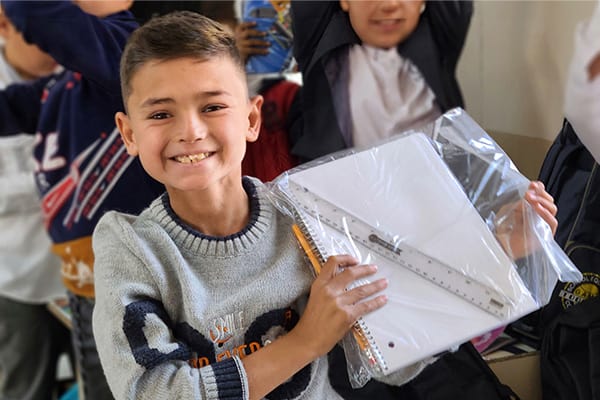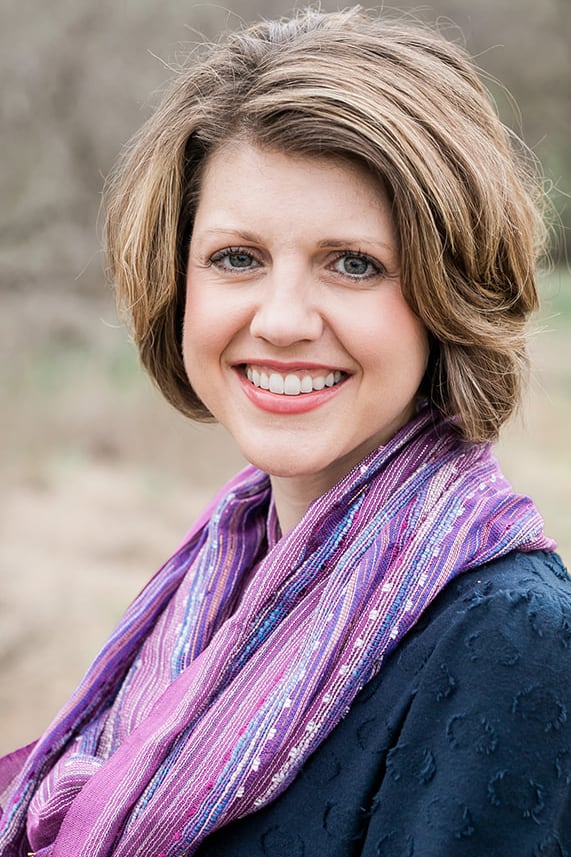How Educators Help Children Build a Brighter Future
By Amanda DeWitt

The job will not make you a fortune. It will not gain you a place on the news, and it will likely not win you many awards.
But that is not why teachers stand up at the front of their classrooms each day. When a child’s eyes light up with wonder, when she understands something for the first time, when he accomplishes the seemingly impossible — those are the things educators celebrate.
Teachers may not have an easy job, especially when they work in the toughest places on earth. But seeing the next generation thrive and build a brighter future is worth far more than any accolade.
A Classroom in the Toughest Places
Teachers’ classrooms are as varied as the places and students they serve.
In many areas of the world, teachers give their lessons in one-room schoolhouses. Depending on the size of the school and the number of teachers, the small space may be shared. Students on one half of the room will learn one lesson, while those on the other side study something different. The setup requires creativity and flexibility as it may require more work for students to focus or hear their lesson.
In places where a schoolroom is not available, teachers may gather with their students under a tree or other protected area. The teacher rolls his/her blackboard outside for instructional time. If the school can afford it, the teacher may purchase plastic chairs or make benches for the children to sit on.
With a record number of families displaced from their homes, more teachers are also setting up classrooms in refugee camps. Under the shelter of a tarp-covered tent, children gather around small tables to learn their lessons and complete their daily assignments.
A Supply Cabinet in the Toughest Places
For most teachers in tough places, school supplies are hard to access. They are either too expensive or simply unavailable.
Many times a pencil is shared among students or cut into two or three pieces so each child can have a small writing instrument. A classroom may share a single textbook — if any at all.
Items such as scissors or glue are considered luxuries. Paper is a precious commodity. Classroom technology is non-existent.
The school room is lit by sunshine. The students take breaks to fetch their own water. The beauty of a child’s brightly-colored crayon drawing is seldom seen.
With supply cabinets empty or unavailable, teachers must be exceptionally resourceful as they impart knowledge to students and teach them skills for life.
A School Day in the Toughest Places
In most developing countries, the school day begins around 8 or 9 am. Teachers arrive early to setup their classrooms. They may also need to start preparing the daily school lunch too.
If the village lacks a nearby water source, many girls may be late or absent because they are collecting water for their families. If no clean water is available, children will miss school more frequently due to waterborne illnesses. In between lessons on reading, writing, and math, students may need to take extended breaks to collect more water for the school so everyone has enough for drinking and hygiene.
By midday, it is time for lunch. Depending on the location, children are often served a dish of rice or corn and beans. For many students this is their only meal of the day. They may struggle to focus or even faint in the classroom without adequate nutrition.
Classes resume in the afternoon and often conclude around 2 or 3 pm. Many children have to walk several miles to get home. Then they help with household chores. Without electricity many students struggle to complete their homework after dark. Teachers may also have to rely on firelight as they prepare for the next day.
The days may be long. The empty storage cabinets may be challenging. The locations may not always be ideal. But teachers in the toughest places continue to overcome the obstacles and teach children they can too — they can build a brighter future for themselves, their families, and their communities.
Honor a Special Teacher in Your Life
In recognition of Teacher Appreciation Week, you can celebrate special educators in your life by making a gift in their honor! Click below to learn more about how you can help the next generation build a brighter future — and download the FREE card we created for you to let the teacher, principal, or educator in your life know you recognize their service and dedication.
Published May 2, 2024

Amanda is a freelance writer whose work has appeared in Gift for Leadership, Kindred Spirit, and Christianity Today publications. She holds a M.A. in Media and Communication from Dallas Theological Seminary.


